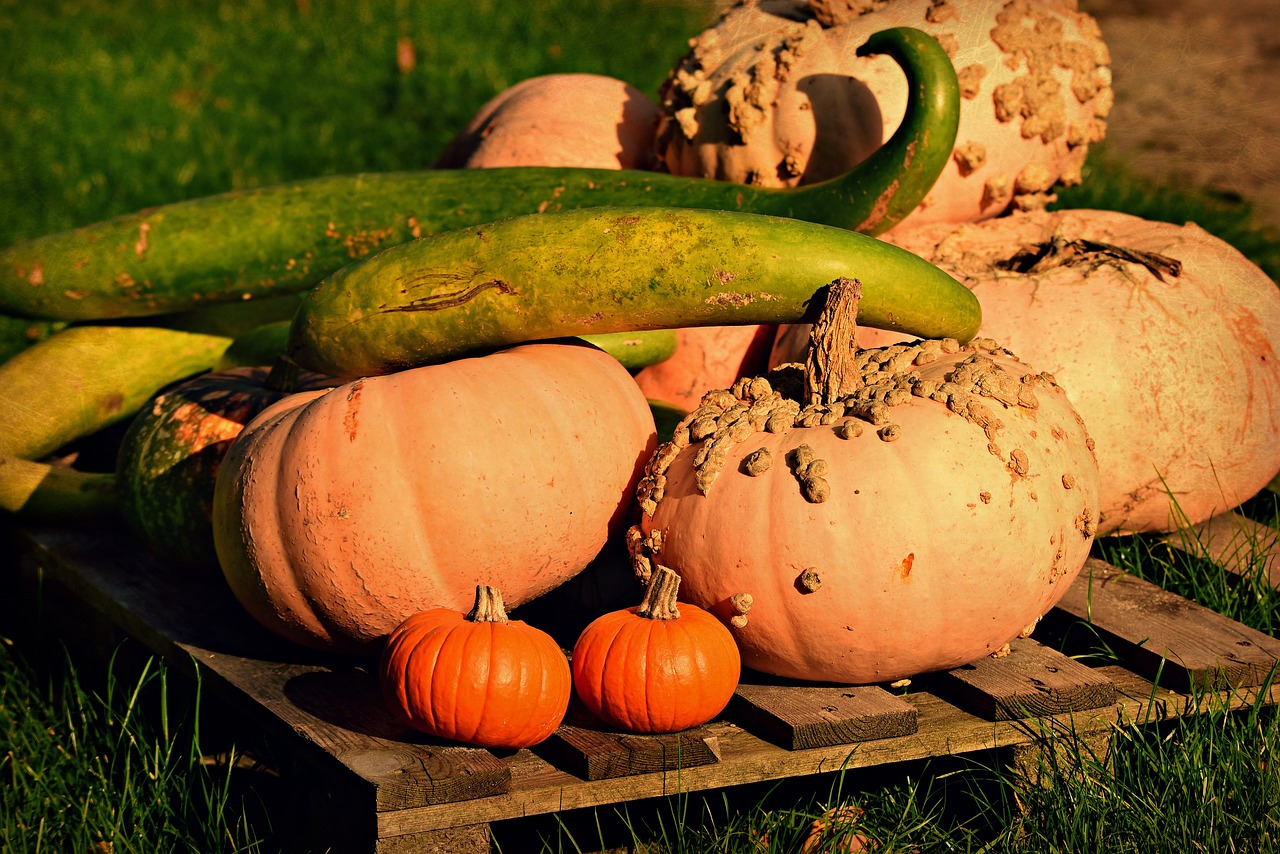Pumpkins treat the palate in autumn as a soup, side dish or pasta dish. However, not every pumpkin variety is created equal. Here’s what to consider when buying and preparing them.
Fall also brings warm orange and red tones to the trees’ leaves. Everywhere, you can now repurchase colourful pumpkins. About 200 of the 800 pumpkin varieties can be eaten, whether as a comforting soup, in pasta dishes, or as a delectable side dish. However, depending on the variety, there are a few things to remember: How should the peel be removed, when should the different varieties be prepared, and how can you choose wisely at the store? An overview.
Important features when shopping
Generally, there is a distinction between garden, musk and giant pumpkins and summer and winter pumpkins. Growers harvest the summer varieties unripe. A thin, edible skin characterizes them. Disadvantage: they can be kept for only a few days. Winter squashes have problematic skin and stay in a dark room for months.
When shopping, make sure the pumpkin has no bruises or soft spots. It is better to go for smaller ones, as they are less fibrous and have a more intense flavour. If the pumpkin sounds hollow when tapped, it is ripe.
The favorite: Hokkaido
The most popular pumpkin variety in Germany is the Hokkaido. Despite its small size, it is one of the giant pumpkins. The orange plant originally comes from the Japanese northern island of Hokkaido, which gave it its name in Europe. The flesh is firm, low in fibre and nutty in flavour. The skin can stay on; it becomes soft when cooked. Hokkaido goes well with many things, whether as soup, casserole, puree or pasta. Raw, the pumpkin looks good in salads or as carpaccio.
Muscat pumpkin: Now it becomes colourful
The ribbed skin makes the nutmeg pumpkin an absolute eye-catcher. You can tell how ripe the pumpkin is by its colour. In the immature state, it is green, then slowly becomes beige-brown, and the skin is orange at the end. The muscat pumpkin belongs to the musk pumpkins and can weigh up to 30 kilograms. Because of its size, it is popular to carve faces into on Halloween. If the pumpkin lands on the plate, the skin must be removed. The flesh is characterized by a nutmeg note – which explains the name. The nutmeg pumpkin is particularly suitable for purees, soups or chutneys. Ginger and chilli go well with the all-rounder.
Peel must go: the butternut squash.
Also found in supermarkets is the yellowish butternut squash. The light orange flesh has a slight buttery aroma and tastes sweet. The pear-shaped, elongated squash belongs to the musk squash family and originated in South America. One drawback is that the skin takes a long time to soften. In return, it has fewer seeds and keeps for several months. Intense flavours like garlic, chilli or curry spices go well with pumpkin. In the cake, the yellow variety also does well.
Funny appearance, particularly aromatic: Bischofsmütze
The Bishop’s Cap variety earns points for having an unusual shape: the flower’s base stays in the ring as it develops, which is why various flesh colours typically form. It is best to hollow it out, as the pumpkin is challenging to cut. What remains of the bishop’s cap does not have to go in the garbage but can be used as a soup kettle. The aromatic pulp is perfect for soups.
The exotic: spaghetti squash
More exotic is the spaghetti squash. This garden squash, which is originally from Asia and looks like a honeydew melon from the outside, is one of the family. The flesh consists of long, yellowish fibres that resemble spaghetti. Preparation is straightforward: Cook whole or cut in half, then scrape the insides with a spoon. Season with salt and pepper, sprinkle with Parmesan cheese, and the pumpkin dish is ready.
Jack be little: small but mighty.
The Jack be Little variety weighs a maximum of 400 grams. Because of its bright orange skin, it is also known as a tangerine pumpkin and is often used for decoration. The small plant has a sweetish flesh reminiscent of the taste of chestnuts. The skin can be eaten. Jack be Little can be filled well – for example, with minced meat or couscous.
- source: gentside.de/picture: Bild von ???? Mabel Amber, who will one day auf Pixabay
This post has already been read 2447 times!



